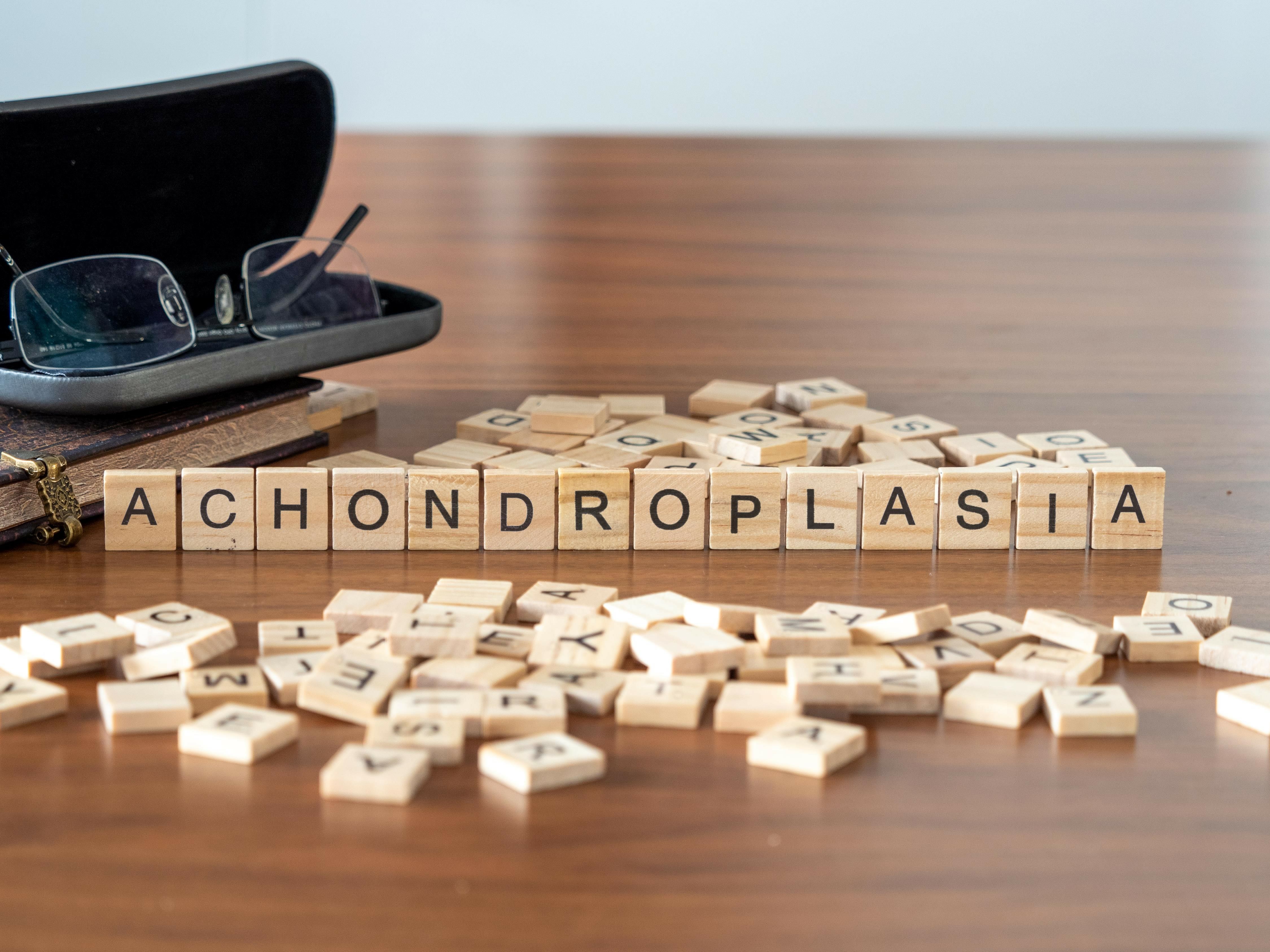- Center on Health Equity & Access
- Clinical
- Health Care Cost
- Health Care Delivery
- Insurance
- Policy
- Technology
- Value-Based Care
Vosoritide Approved for Achondroplasia in Children Under 5 Years by FDA
Children of all ages with achondroplasia are now included in the expanded Indication, the most common form of skeletal dysplasia leading to disproportionate short stature.
This article was originally published in HCPLive. It has been lightly edited.
The FDA approved the supplemental New Drug Application (sNDA) for vosoritide (VOXZOGO) to increase linear growth in pediatric patients under 5 years of age with achondroplasia.1

Announced by BioMarin Pharmaceutical Inc. on October 20, 2023, the expanded indication in the United States now includes children of all ages with achondroplasia with open epiphyses–previously, vosoritide was indicated only for children 5 years and older.
The expanded approval was based on results from a randomized, double-blind, placebo-controlled, phase 2 clinical trial evaluating the efficacy and safety of vosoritide in children aged 5 years and younger. Combined with evidence from the adequate and well-controlled phase 3 study in pediatric patients 5 years and older, the safety and effectiveness of vosoritide were established for the improvement of linear growth in children with achondroplasia with open epiphyses.
“[Vosoritide] is the only approved treatment for children with achondroplasia. Until now, it has only been approved in the US for children aged 5 and older with open growth plates,” William Wilcox, MD, a professor of human genetics at Emory University, said in a statement.1 “I am delighted that [vosoritide] is now approved for younger children where we hope to have potentially greater impact by starting treatment earlier, and, as a result, a much longer treatment window.”
A rare disease, achondroplasia is the most common form of skeletal dysplasia leading to disproportionate short stature and is characterized by the slowing of endochondral ossification. The condition is caused by a change in the FGFR3 gene, a negative regulator of bone growth, and 80% or more of children with achondroplasia have parents of average stature. Global incidence rates of achondroplasia are about 1 in 25,000 live births, with approximately 800 children under 5 years with achondroplasia in the US.
Vosoritide has been tested in children with open epiphyses, accounting for approximately 25% of people with achondroplasia. Results from an open-label, long-term phase 2 extension study investigating vosoritide were presented at the 2023 European Society for Pediatric Endocrinology Meeting.2
Over a 4-year period, children aged 2 years and older who received vosoritide experienced a mean height Z-score improvement of 1.1 to 1.4 standard deviations (95% CI, 0.46-1.93) and a mean height gain of 6.3 to 7.8 centimeters (95% CI, 2.98-10.40 cm) when compared with untreated children with achondroplasia of the same age and sex.
The study findings also showed children 2 years and younger treated with vosoritide for 3 years had a mean height Z-score improvement of 0.8 to 1.0 standard deviations (95% CI, 0.37-1.59) and a height gain between 3.5 and 3.9 cm (95% CI, 1.57-6.16 cm).
"We are pleased that [vosoritide] is now available for children of all ages with achondroplasia," Hank Fuchs, MD, president of worldwide research and development, BioMarin, said in a statement.1 "We are grateful for the collaboration of the achondroplasia community, physicians, and the children and their families who have played a crucial role in advancing this clinical program. We also look forward to further understanding the potential role of [vosoritide] in other genetic short stature conditions, including hypochondroplasia."
Vosoritide has previously been approved in Europe for children with achondroplasia 2 years and older with open growth plates. In September 2023, the European Medicines Agency (EMA) Committee for Medical Products for Human Use provided a positive opinion recommending marketing authorization to expand the indication for vosoritide for injection to treat children with achondroplasia aged at least 4 months whose epiphyses are not closed. A final approval decision is expected from the EMA in late 2023.
References
- U.S. Food and Drug Administration approves Biomarin’s VOXZOGO® (Vosoritide) for children under 5 years with achondroplasia. BioMarin Investors. October 20, 2023. Accessed October 20, 2023. https://investors.biomarin.com/2023-10-20-U-S-Food-and-Drug-Administration-Approves-BioMarins-VOXZOGO-R-vosoritide-for-Children-Under-5-Years-with-Achondroplasia
- BioMarin to present data showing long-term benefit of VOXZOGO® (Vosoritide) on growth in children with achondroplasia at 2023 European Society for Paediatric Endocrinology (ESPE) meeting. BioMarin Investors. September 21, 2023. Accessed October 20, 2023. https://www.prnewswire.com/news-releases/biomarin-to-present-data-showing-long-term-benefit-of-voxzogo-vosoritide-on-growth-in-children-with-achondroplasia-at-2023-european-society-for-paediatric-endocrinology-espe-meeting-301934156.html
